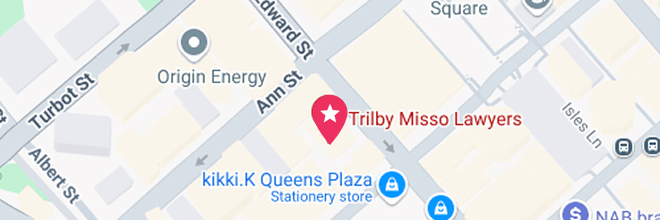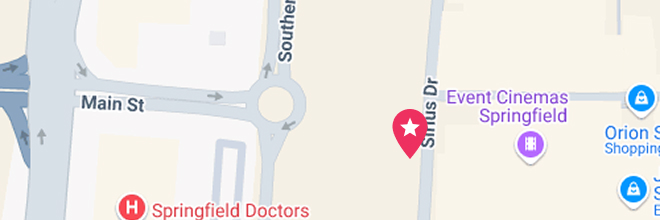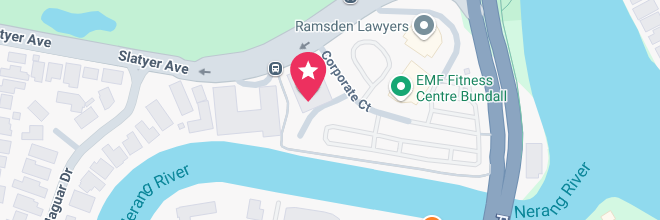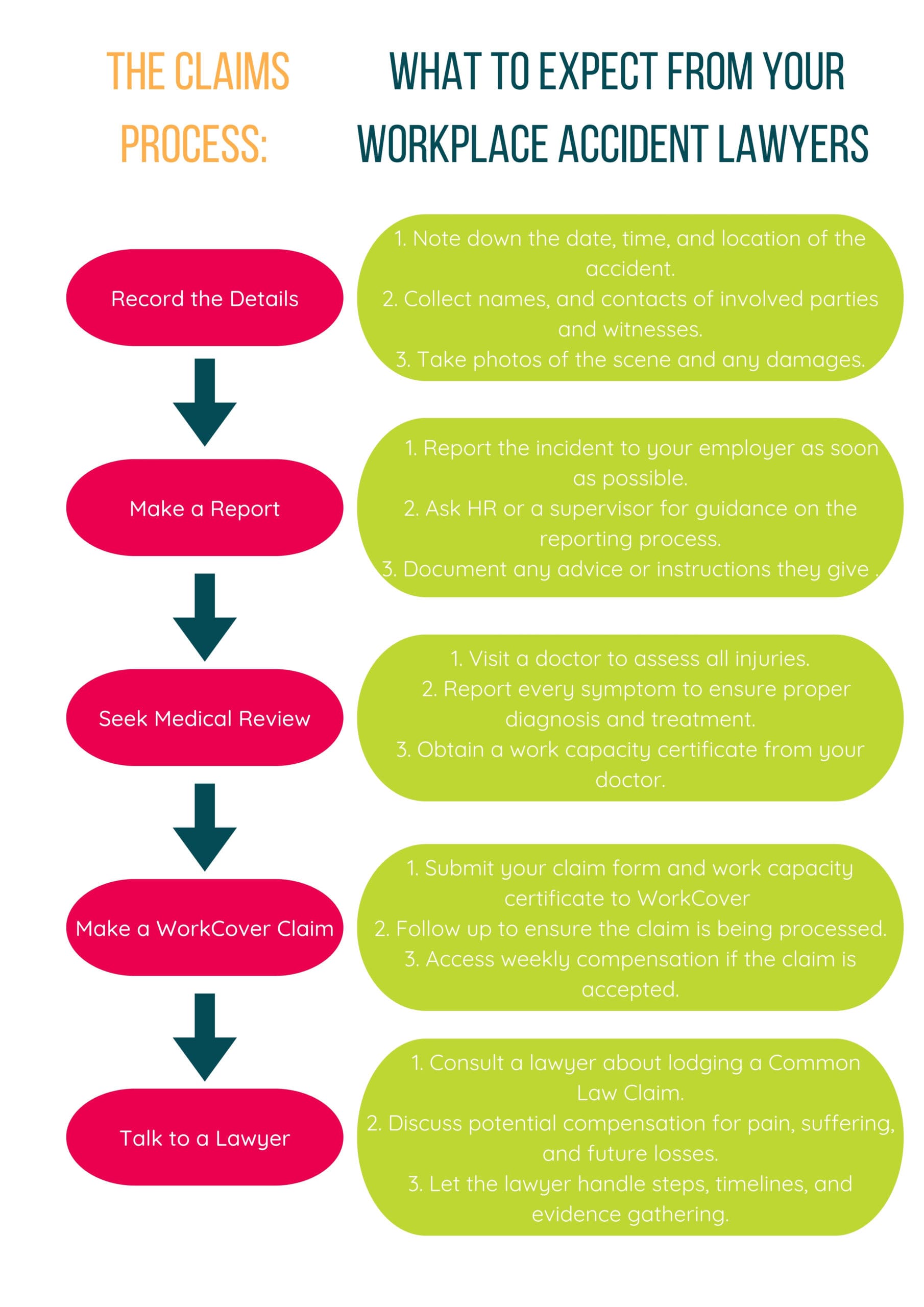Our Brisbane CBD Office
- Suite 400, Level 4/288 Edward St, Brisbane City QLD 4000
- (07) 3910 5470




WorkCover Queensland is the insurer of most employers in Queensland. Some employers are larger and have their own insurance. Whether your employer is self-insured or insured by WorkCover Queensland, the same rules, procedures and benefits apply.
WorkCover and self-insurers are there as an insurer for any workers’ compensation claims brought by employees.
Workers’ compensation is available to workers injured in connection with their work. In other words, if you are injured at or because of work, you may be entitled to workers’ compensation.
To access workers’ compensation, you should ask your doctor for a workers’ compensation medical certificate. This medical certificate will be given to your employer and insurer, commencing the WorkCover process.
WorkCover Queensland plays a crucial role in protecting workers across the state by providing access to workers’ compensation benefits when they are injured on the job. Whether your employer is insured by WorkCover Queensland or is self-insured, the same system and rules apply. This ensures that injured workers have a safety net to cover medical expenses, lost wages, and other essential support while they recover.
Understanding how WorkCover Queensland works is vital for anyone who has been injured at work or is concerned about their rights in the workplace. Workers’ compensation is available for injuries or illnesses caused by or related to your employment, providing crucial assistance when you need it most. From physical injuries to psychological conditions, WorkCover covers a wide range of scenarios that impact workers.
If you need to lodge a claim, the process begins with obtaining a workers’ compensation medical certificate from your doctor, which your employer and insurer will use to start the WorkCover process. Depending on the circumstances of your injury, you may be eligible for a statutory claim or a common law claim, each offering different types of benefits and compensation.
In this blog, we’ll explain everything you need to know about WorkCover Queensland, including how claims work, what benefits you can access, and how to maximise your entitlements. Whether you’re searching for information on what is WorkCover, WorkCover QLD claims, or how WorkCover lawyers can help, this guide covers it all.
We offer a free consultation to help you better understand your legal options and feel more confident in your way forward. Your consultation is “zero obligation” which means you don’t have to choose us as your lawyer.
WorkCover Queensland offers workers’ compensation coverage to most employees in the state, providing vital financial and medical support to those injured at or because of their job. Whether your employer is insured through WorkCover Queensland or is self-insured, the same rules and entitlements apply.
Let’s break down who qualifies under this system, what types of employment are covered, and the obligations employers have to ensure workers are protected.
To access workers’ compensation under WorkCover Queensland, you must be classified as a “worker.” This includes:
This broad definition ensures that most types of workers are protected, regardless of their employment arrangement.
WorkCover Queensland provides compensation for injuries and illnesses caused by or connected to your employment. These include:
Yes, most employers in Queensland must have workers’ compensation insurance, either through WorkCover Queensland or a self-insurance scheme. WorkCover Queensland is the primary insurer, but larger companies may apply to self-insure if they meet strict criteria.
Regardless of the type of insurance, employers must:
Sometimes, workers are unsure whether they are eligible for compensation under WorkCover Queensland. If you’re in doubt, consider these key points:
If you believe you’re eligible but face uncertainty or resistance from your employer, seeking advice from WorkCover lawyers can clarify your rights.
WorkCover Queensland provides coverage for workers across all industries, including:
Regardless of the industry, the same rights apply, and employers are legally obligated to provide this protection.
Understanding whether you are covered under WorkCover Queensland is an essential step in protecting your rights as a worker. If you meet the criteria, you can access financial and medical support during your recovery.
If you’re unsure about your status or encounter any challenges with your claim, consulting with experienced WorkCover lawyers can help ensure you receive the benefits and support you’re entitled to under Queensland law.
We offer a free consultation to help you better understand your legal options and feel more confident in your way forward. Your consultation is “zero obligation” which means you don’t have to choose us as your lawyer.
WorkCover Queensland provides compensation for a wide variety of injuries and illnesses, ensuring workers have the support they need to recover. Whether you’re dealing with a one-off accident, an illness caused by long-term exposure, or a psychological condition from workplace stress, WorkCover offers coverage to help.
Physical injuries are the most common type of workplace injuries covered by WorkCover. These include:
| Injury Type | Description |
|---|---|
| One-off accidents | Examples include fractures, sprains, cuts, or burns caused by sudden incidents like slipping on a wet floor or being struck by machinery. |
| Repetitive strain injuries | Conditions such as carpal tunnel syndrome, tendonitis, or back pain that develop over time due to repetitive movements. |
| Workplace hazards | Injuries resulting from hazardous environments, such as falls from heights or accidents involving heavy equipment. |
Injuries don’t have to occur on a job site to qualify. For example, if you’re a delivery driver injured in a vehicle collision while working, it may also fall under WorkCover coverage.
WorkCover Queensland also recognises the importance of mental health and provides support for psychological injuries caused by work. These include:
To claim for psychological injuries, it’s important to show that your condition is directly related to your employment. Medical evidence and documentation are essential for this type of claim.
Illnesses caused by workplace conditions are also covered by WorkCover. These include:
WorkCover acknowledges that occupational diseases may develop over time, and claims can often be made even years after exposure if a clear link to the job is established.
WorkCover Queensland also provides coverage when work aggravates or worsens an existing condition. For instance:
As long as employment contributes to the worsening of the condition, workers may be entitled to compensation.
Some real-world examples of injuries and illnesses covered by WorkCover Queensland include:
Promptly recognising and reporting your injury or illness is critical for accessing WorkCover Queensland benefits. Delays in reporting can impact your ability to claim compensation, so it’s essential to:
If you’re unsure whether your injury qualifies for compensation, consulting WorkCover lawyers can help you assess your situation and maximise your entitlements under Queensland’s workers’ compensation laws.
Starting a WorkCover claim in Queensland can feel overwhelming, but the process is designed to ensure workers can access compensation quickly and efficiently. By understanding the steps involved and what to expect, you can navigate the claims process with confidence.
The first and most crucial step in lodging a WorkCover claim is seeking medical advice. You’ll need to:
This certificate is essential for starting the claims process, as it serves as evidence that your injury is connected to your employment.
Once you’ve received medical treatment, you should notify your employer about your injury or illness. Employers are required by law to:
It’s important to inform your employer as soon as possible, as delays can complicate the claims process.
You can lodge your WorkCover claim directly with WorkCover Queensland or, if your employer is self-insured, with their insurer. Here’s how to do it:
When lodging your claim, you’ll need to provide:
Once your claim is submitted, the insurer will:
If your claim is approved, you’ll start receiving benefits, which may include medical expenses, income support, and rehabilitation services.
It’s essential to lodge your claim as soon as possible after the injury or illness. In Queensland:
To improve your chances of a successful claim:
In some cases, WorkCover Queensland or a self-insurer may deny your claim, stating that the injury isn’t work-related or doesn’t meet eligibility criteria. If this happens:
By understanding how to lodge a WorkCover claim and knowing your rights, you can access the support and benefits you’re entitled to under Queensland law.
We offer a free consultation to help you better understand your legal options and feel more confident in your way forward. Your consultation is “zero obligation” which means you don’t have to choose us as your lawyer.
When you make a workers’ compensation claim under WorkCover Queensland, it’s important to understand that there are two types of claims available. These are statutory claims and common law claims, each serving a different purpose and offering different benefits. Knowing the difference can help you maximise your entitlements and access the support you need.
A statutory workers’ compensation claim is the most common type of claim and is available to all workers who suffer an injury or illness related to their employment. This type of claim provides immediate support without the need to prove fault or negligence on the part of your employer.
Key features of a statutory claim include:
Statutory claims are designed to offer short-term support while you recover. You’re entitled to this type of claim as long as you can demonstrate that your injury or illness is work-related.
A common law claim is different from a statutory claim in that it seeks compensation for damages that go beyond what is covered under a statutory claim. To be successful in a common law claim, you must prove that your employer was at fault or negligent in their duty to provide a safe workplace.
Key features of a common law claim include:
Common law claims are more complex than statutory claims and often require legal expertise. Experienced WorkCover lawyers can help you gather evidence, prove negligence, and pursue fair compensation.
These two types of claims are often interconnected:
For example, if you’re injured in a workplace accident, your statutory claim might cover your immediate medical expenses. However, if the injury permanently affects your ability to work, a common law claim could provide additional compensation for long-term financial and personal impacts.
A common law claim is worth considering if:
It’s important to act quickly, as there are strict time limits for making a common law claim in Queensland. Consulting with experienced WorkCover lawyers early in the process can help ensure you don’t miss important deadlines.
Navigating statutory and common law claims can be complex, particularly when proving negligence is required. WorkCover lawyers can:
Both statutory and common law claims are essential components of the workers’ compensation system in Queensland. Statutory claims provide immediate support, while common law claims address the long-term impacts of an injury caused by negligence. Understanding the differences between these claims ensures that you can make informed decisions about your rights and access the compensation you deserve.
WorkCover Queensland provides a range of benefits to ensure injured workers can recover physically, mentally, and financially after a workplace injury or illness. These benefits are designed to cover immediate medical needs, ongoing support, and rehabilitation to help workers return to their jobs or adapt to new circumstances.
One of the key benefits of WorkCover is the coverage of medical expenses directly related to your workplace injury or illness. These expenses may include:
| Benefit | Description |
|---|---|
| Doctor consultations | Visits to general practitioners or specialists. |
| Hospital treatment | Inpatient and outpatient care, including surgery. |
| Medications | Prescription drugs needed for recovery or pain management. |
| Rehabilitation services | Physiotherapy, occupational therapy, and other forms of physical recovery. |
| Diagnostic tests | Such as X-rays, MRIs, and blood tests required to assess the injury. |
WorkCover ensures that these costs are covered, so injured workers don’t face financial strain while seeking treatment.
If your injury prevents you from working, WorkCover provides income support to help replace your lost wages. This ensures financial stability during your recovery period. Key features include:
The amount and duration of income support depend on factors like the severity of the injury and whether you can return to work in any capacity.
WorkCover Queensland offers rehabilitation programs to help workers recover and return to their jobs. These programs may include:
The goal of these programs is to ensure you can transition back into the workforce safely and effectively.
In some cases, workers may be eligible for a lump sum payment for their injuries. This payment is typically offered when:
The amount of the lump sum payment depends on the severity of your injury and its impact on your life.
If a worker tragically passes away due to a workplace injury or illness, WorkCover Queensland provides support to their dependants. This may include:
WorkCover Queensland may also provide additional benefits, depending on your situation. These include:
To ensure you receive all the benefits you’re entitled to under WorkCover Queensland:
WorkCover Queensland is designed to provide comprehensive support for injured workers, ensuring they can focus on recovery without the stress of financial burdens. By understanding these benefits, you can take full advantage of the assistance available and work towards regaining your health and livelihood.
We offer a free consultation to help you better understand your legal options and feel more confident in your way forward. Your consultation is “zero obligation” which means you don’t have to choose us as your lawyer.
When you work with workplace accident lawyers, you can expect expert guidance and support throughout your workers’ compensation claim process. These legal professionals specialise in navigating Queensland’s workers’ compensation system, ensuring that you receive the maximum benefits and compensation you’re entitled to.
A workplace accident lawyer will start by carefully reviewing your case, assessing the circumstances of your injury or illness, and determining the best course of action. They will explain your rights, outline your entitlements under WorkCover Queensland, and ensure that all required documentation, such as medical certificates and evidence, is properly submitted.
In addition to managing the technical aspects of your claim, workplace accident lawyers provide crucial support if your claim is denied or disputed. They can gather additional evidence, negotiate with insurers, and represent you during appeals or reviews to ensure your voice is heard.
If your case involves pursuing a common law claim for employer negligence, your lawyer will handle the process of proving fault. This includes collecting detailed evidence, liaising with experts, and negotiating for compensation that considers your pain and suffering, future medical expenses, and lost income.
Most importantly, workplace accident lawyers understand the challenges faced by injured workers and aim to make the legal process as stress-free as possible. With their expertise, you can focus on your recovery while they handle the complexities of your claim, helping you secure a fair and just outcome.

If your WorkCover Queensland claim is denied or you disagree with the benefits provided, you have the right to challenge the decision. The process can seem daunting, but there are clear steps you can take to have the decision reviewed or appealed.
Before challenging a WorkCover decision, it’s helpful to understand why claims are sometimes denied. Common reasons include:
If your claim is denied, the insurer is required to provide you with a formal decision letter outlining the reasons.
To improve your chances of success when challenging a WorkCover decision:
If your challenge is successful, the original decision may be overturned or adjusted, and you could gain access to:
If the review or appeal is unsuccessful, you still have the right to seek legal advice and explore further options.
Challenging a WorkCover decision can be stressful, but it’s important to remember that you have rights under Queensland’s workers’ compensation laws. If you believe your claim has been unfairly denied or mishandled, taking action quickly and seeking professional advice can make all the difference.
You should lodge your WorkCover claim within six months of the date of your injury or when you became aware of your work-related illness. If you miss this timeframe, you may need to provide additional evidence to explain the delay.
Yes, WorkCover Queensland covers psychological injuries, such as anxiety, depression, or PTSD, if they are caused by or related to your work. You’ll need to provide evidence, such as a medical certificate, linking the condition to your employment.
If your WorkCover claim is denied, you can apply for an internal review through the Workers’ Compensation Regulator. You’ll need to provide additional evidence, such as medical records or witness statements, to support your case. If the internal review doesn’t succeed, you may seek legal advice to explore further appeal options.
Here is further information about making a WorkCover claim:
https://www.worksafe.qld.gov.au/claims-and-insurance/compensation-claims/make-a-claim
Find Trilby Misso Lawyers on Facebook, Instagram and YouTube.

Kathryn is Trilby Misso’s Chief Executive Officer.
Meet KathrynUse this simple online tool and find out if you have a claim in less than thirty seconds. You can choose to remain anonymous.
Your next step is a small one. All you need to do is give us a call on 07 3910 5470 or complete this form here to arrange a quick chat.
During this initial conversation, we will:

We understand that taking legal action can be stressful, and we’ll do all we can to ease your concerns.
The chat can take place at our place, your place, or by phone. There is no cost, no pressure, and no obligation.
Call 07 3910 5470 or fill out this form, and we’ll get back to you within 2 hours (during business hours). We look forward to meeting you.
enquire now